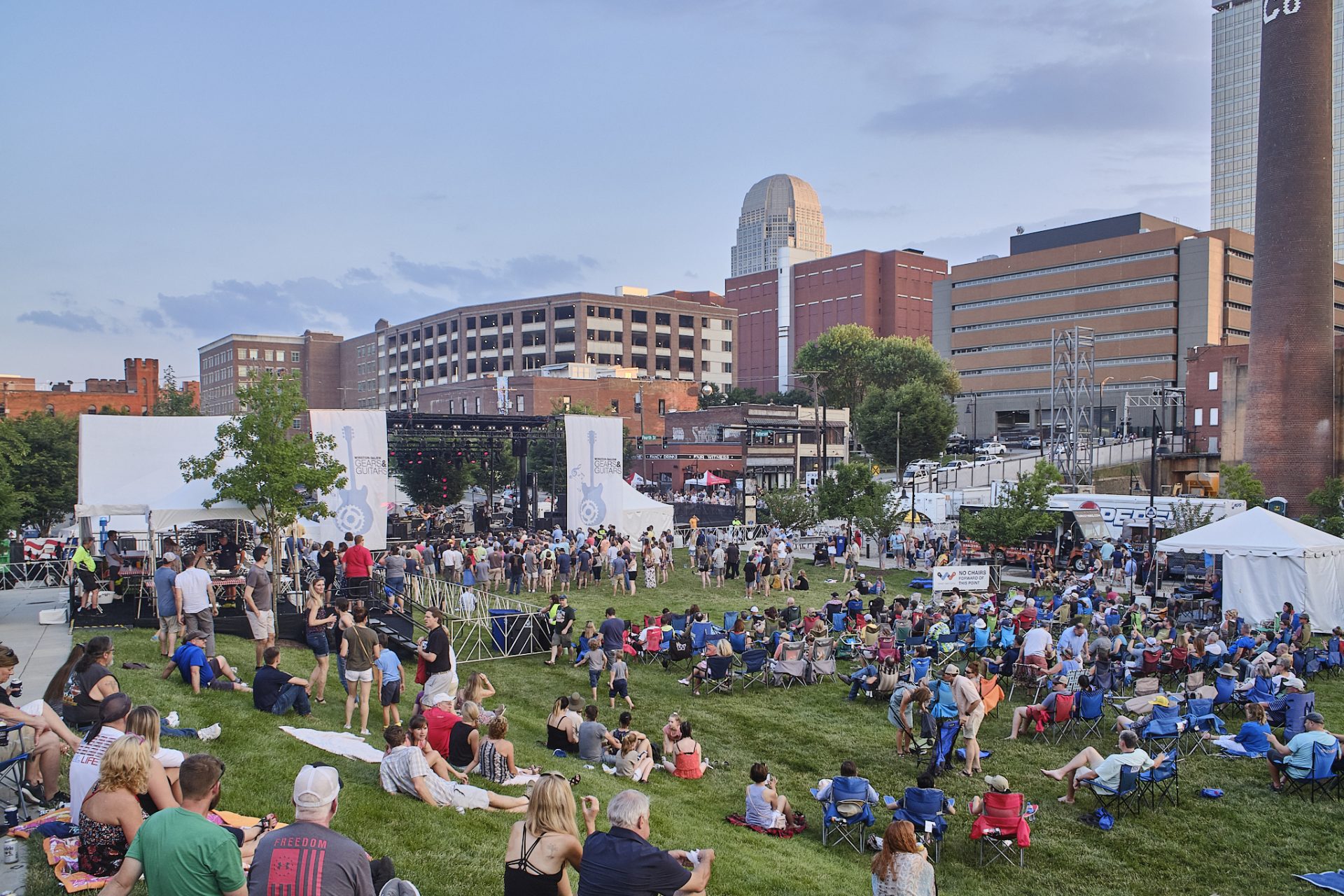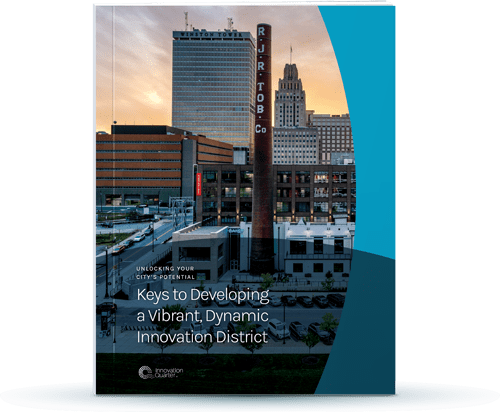Public spaces are widely accessible to the general population and are typically owned or controlled by a government entity. However, the successful ones engage the community, promote spatial justice and improve quality of life by embodying four qualities: accessibility, usability, sociability and livability. These characteristics are achieved through placemaking. The experiences offered in these spaces and the safety that comes with them can ultimately result in a healthy, diverse community full of people who love where they live.
Creating Desirable Experiences
Public spaces are a great way to make it easy for people of all ages and backgrounds to “get out of the house” and get more out of where they live. From musical performances to professional networking, there are a number of ways that accessible public spaces can actively engage the community:
Cultural Experiences
Bringing together diverse groups is an important part of placemaking and influencing the quality of life in an area. Large outdoor areas, like the Innovation Quarter’s Bailey Park, are ideal for hosting activities that blend art, innovation, inclusivity and entertainment. As a central gathering place, public spaces can offer a respite from day-to-day responsibilities through festivals, food trucks, performances and other experiences that celebrate various backgrounds and interests.
Educational Experiences
Having public spaces that enable continuing education is paramount to placemaking—it helps keep the curious-minded engaged, challenged and enlightened. Our former tobacco warehouse turned state-of-the-art conference center does just that. Its spaces host everything from networking gatherings to financial planning seminars.
Social Experiences
Fortunately, public spaces that facilitate educational and cultural experiences will inevitably offer social benefits as well: performances that people can attend together, festivals where people can meet others with shared interests, and networking that connects professionals or facilitates new mentorships. But these experiences don’t always have to be this organized. Simply providing open spaces like parks with benches or pedestrian-friendly trails and greenways is an efficient way to promote organic social interactions.
Developing a Sense of Security
From choosing where to live to what events to attend, safety is a prominent factor that people consider. A sense of security throughout the community ensures people feel comfortable getting out and about in the first place. These measures include conspicuous security measures like well-lit sidewalks, emergency call boxes and security patrol, as well as initiatives like charity donations and supply drives for underserved areas of the community.
Loving Where You Live: A Science, an Art and an Evolution
The most-loved cities are entertaining, affordable yet economically sound, safe and constantly growing to meet the community’s needs. Developing these places is rooted in science through the planning, strategy and partnerships necessary for creating public spaces and greater success in the area. Meanwhile, bits of fun for everyone must be incorporated, from performances to food to greenways. Finally, these are places that are never stagnant—they’re constantly growing or evolving to meet (and often stay ahead of) the needs, trends and interests of their people. These attributes work together to tactfully blend work, life and play into a single place tenants love and call home.
See why else people love calling the Innovation District home.




